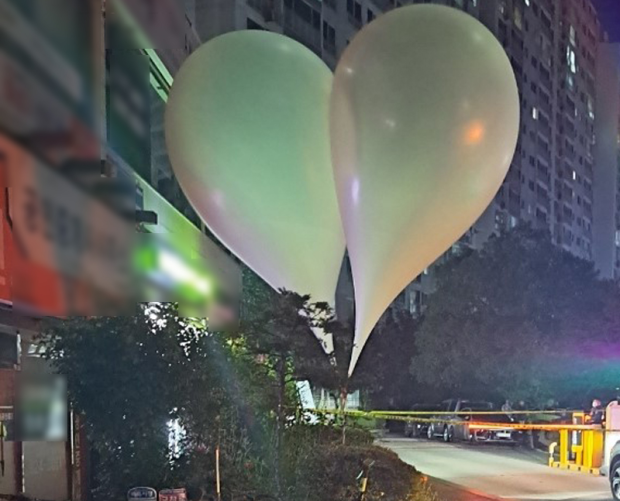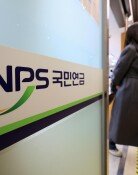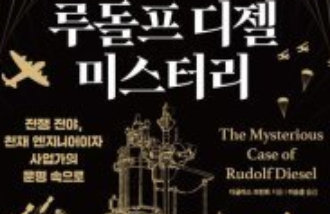Pyongyang’s trash provocation makes Seoul consider loudspeaker broadcasting
Pyongyang’s trash provocation makes Seoul consider loudspeaker broadcasting
Posted June. 03, 2024 07:48,
Updated June. 03, 2024 07:48

Following a series of provocative actions by Pyongyang, the South Korean government has tentatively decided to resume loudspeaker broadcasts to North Korean residents. This move, which is currently under legal review, comes after the loudspeakers were removed since the signing of the Panmunjom Declaration in April 2018.
Reports indicate that the South Korean government has classified North Korea’s balloons filled with trash as a deeply concerning, non-armed tactic of vaguely low intensity, also known as a gray-zone strategy. It suspects that such a subtle provocation is strategically designed to escalate internal conflict and confusion across South Korean society, and it is prepared to respond accordingly.
The South Korean presidential office has taken a firm stance, convening an extended meeting of the National Security Council’s standing committee on Sunday afternoon to discuss countermeasures against North Korea's trash balloons. In a statement issued last Friday, Seoul expressed its regrets over the recent provocations and issued a stern warning that it would take every necessary measure against the regime unless it ceases its actions. “One of the options we can make is to resume propaganda broadcasting on loudspeakers. Broadcasting content is already prepared,” a government insider revealed. “It is only a matter of time.” Once the loudspeakers are reinstalled and ready to resume broadcasts, they will be immediately put to use in response to any further provocations from North Korea, according to a source familiar with the government's plans.
Although propaganda broadcasting is one of Seoul’s most likely choices to make, it intends to examine the measure legally. After the regime fired military spy satellites last November, Seoul partly suspended the effect of the Sep. 19 Pyongyang Declaration while the regime declared a complete revocation of the agreement in question, which had been made to ensure the implementation of the Panmunjom Declaration. Although the Constitutional Court concluded last October that the ban on distributing anti-Communist propaganda leaflets runs against the Constitution, it did not deal with the ban on propaganda loudspeakers. The presidential office and the administration alike assume that the suspended effect of the Sep. 19 agreement nullifies the legal basis upon which to ban and punish the act of broadcasting propaganda messages on loudspeakers as per the Development of Inter-Korean Relations Act. However, some argue that it needs to be revised.
On Sunday, the South Korean military confirmed that the regime sent around 720 trash balloons from Saturday night to Sunday afternoon, triple the number of balloons distributed last Tuesday and Wednesday. Starting from 8 p.m. on Saturday, around 20 to 50 trash balloons per hour flew into downtown Seoul, Gyeonggi Province, Chungcheong provinces, and North Gyeongsang Province. Given some balloons that might have not been found yet, the total number of balloons sent from the North is estimated at over 1,000. At the same time, the regime has exercised signal-jamming tactics for the past five days since last Wednesday.
Kwan-Seok Jang jks@donga.com







